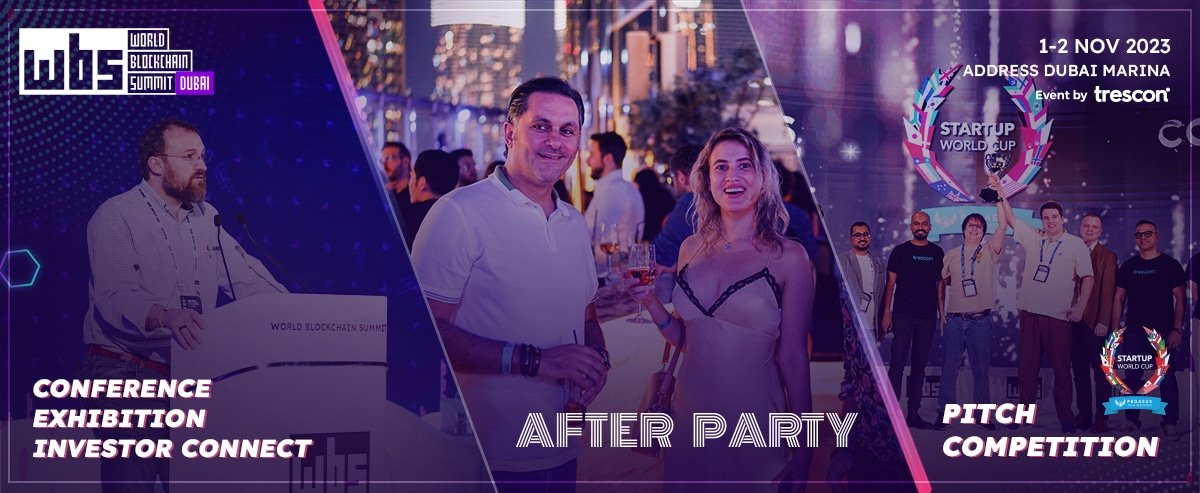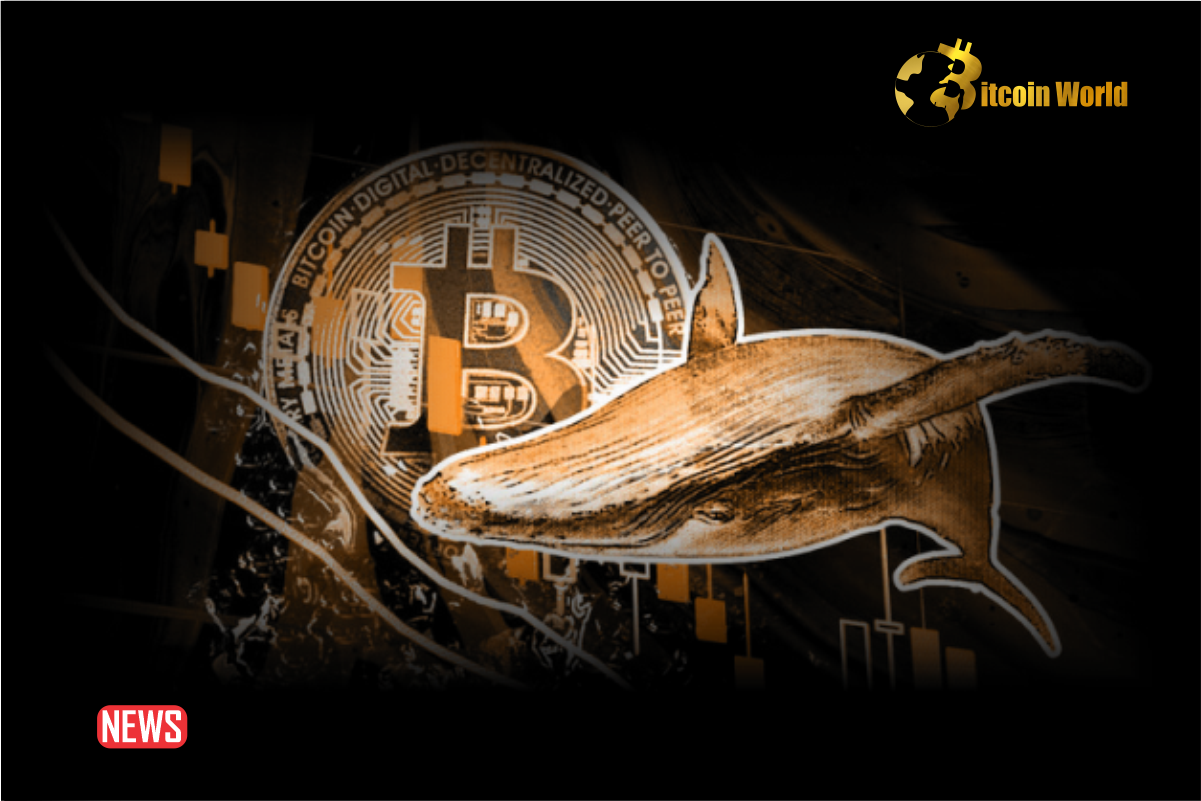[ad_1]
- Monetary Authority of Singapore (MAS) launches Project Guardian with 17 institutions to advance asset tokenization.
- Five pilots under Project Guardian explore digital asset trades and cross-border solutions.
- MAS develops GL1 and INM for seamless global trading of tokenized assets, collaborating internationally.
The Monetary Authority of Singapore (MAS) has announced Project Guardian, a large-scale asset tokenization initiative. This new project, involving 17 key financial institutions, aims to catalyze the institutional adoption of digital assets, thereby enhancing the efficiency of financial markets and unlocking new investment opportunities.
Expanding Asset Tokenization Initiatives
Under Project Guardian, MAS has set in motion five additional industry pilots, each exploring various aspects of asset tokenization within the capital markets value chain. These pilots encompass a range of activities, including efficient mechanisms for pricing and executing bilateral digital asset trades, real-time post-trade reporting, and analytics.
Key financial institutions Citi, T. Rowe Price Associates, Inc., and Fidelity International will spearhead efforts to test institutional-grade processes for digital asset trades. BNY Mellon and OCBC Bank will trial a cross-border FX payment solution to establish secure, interoperable payment solutions across different networks.
Furthermore, Ant Group’s pilot will focus on a treasury management solution to enhance global liquidity management, leveraging their global treasury center in Singapore. Franklin Templeton is investigating the issuance of a tokenized money market fund through a Variable Capital Company (VCC) structure, utilizing digital asset networks.
J.P. Morgan and Apollo are also collaborating to use digital assets to invest and manage discretionary portfolios and alternative assets, focusing on automated rebalancing and customization at scale.
Additionally, MAS is initiating a new funds workstream within Project Guardian, centered on the native issuance of VCC funds on digital asset networks. This move aims to address various challenges in tax, policy, and legal domains while increasing distribution channels for asset managers.
Read Also: Nocturne Launches On Mainnet, Bringing Private Accounts To Ethereum
Forging A Global Digital Infrastructure For Tokenized Markets
MAS is taking a step further by collaborating with international policymakers and financial institutions, including BNY Mellon, DBS, JP Morgan, and MUFG, to develop an open digital infrastructure named Global Layer One (GL1). This initiative is designed to host tokenized financial assets and applications, enabling seamless cross-border transactions and trading across global liquidity pools in compliance with regulatory standards.
In conjunction with this, MAS is also developing an Interlinked Network Model (INM), a framework for exchanging digital assets across independent networks. This innovative model allows for transactions between financial institutions without the necessity of a shared network, enhancing operational flexibility and market reach.
The International Monetary Fund (IMF) has also joined Project Guardian’s policymaker group, which includes representatives from Japan, Switzerland, and the UK. Their participation brings an international perspective to the policies and legal issues surrounding cross-border platforms and the stability of the international monetary system.
Mr. Leong Sing Chiong, Deputy Managing Director (Markets and Development) at MAS, highlighted the successful demonstrations of Project Guardian’s industry pilots. According to him, these pilots have shown that tokenized financial assets like fixed income, foreign exchange, and asset management products can be effectively traded, distributed, and settled across borders.
The establishment of GL1, he stated, will provide a foundational digital backbone to unite markets under principles of openness and accessibility. MAS invites additional policymakers and financial institutions to participate in the design phase of the GL1 initiative and contribute to its development.
[ad_2]
Source link





